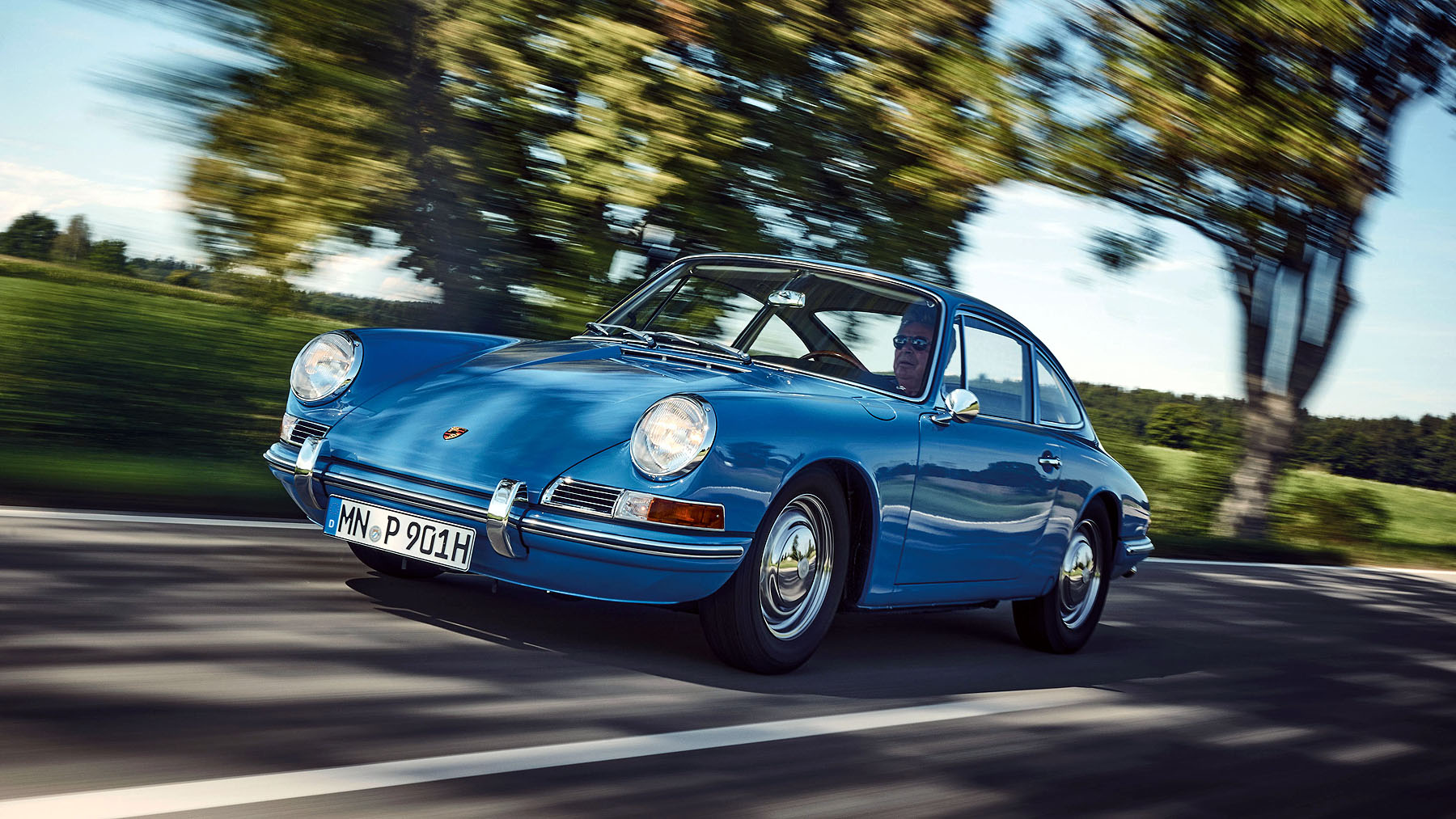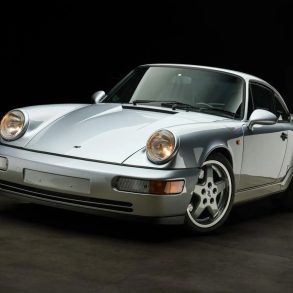Alois Ruf
Porsche Newsroom: As a teenager, Alois Ruf sees an early predecessor of the Porsche 911 on the autobahn, which ultimately ignites a lifelong passion. And what sounds like fiction is, in fact, actually true: around 50 years later, he discovers the car in Enamel Blue in his own garage. In April 1964, a young Alois Ruf catches a glimpse of his future on the autobahn A 8 near Günzburg in Bavaria, halfway between Munich and Stuttgart. Riding in an Opel Rekord with his father, 14-year-old Alois is gazing out the rain-streaked window when a blue car suddenly appears and speeds past in a cloud of grey mist, the sound of the tires drowned out by a brief, but mighty, roar.
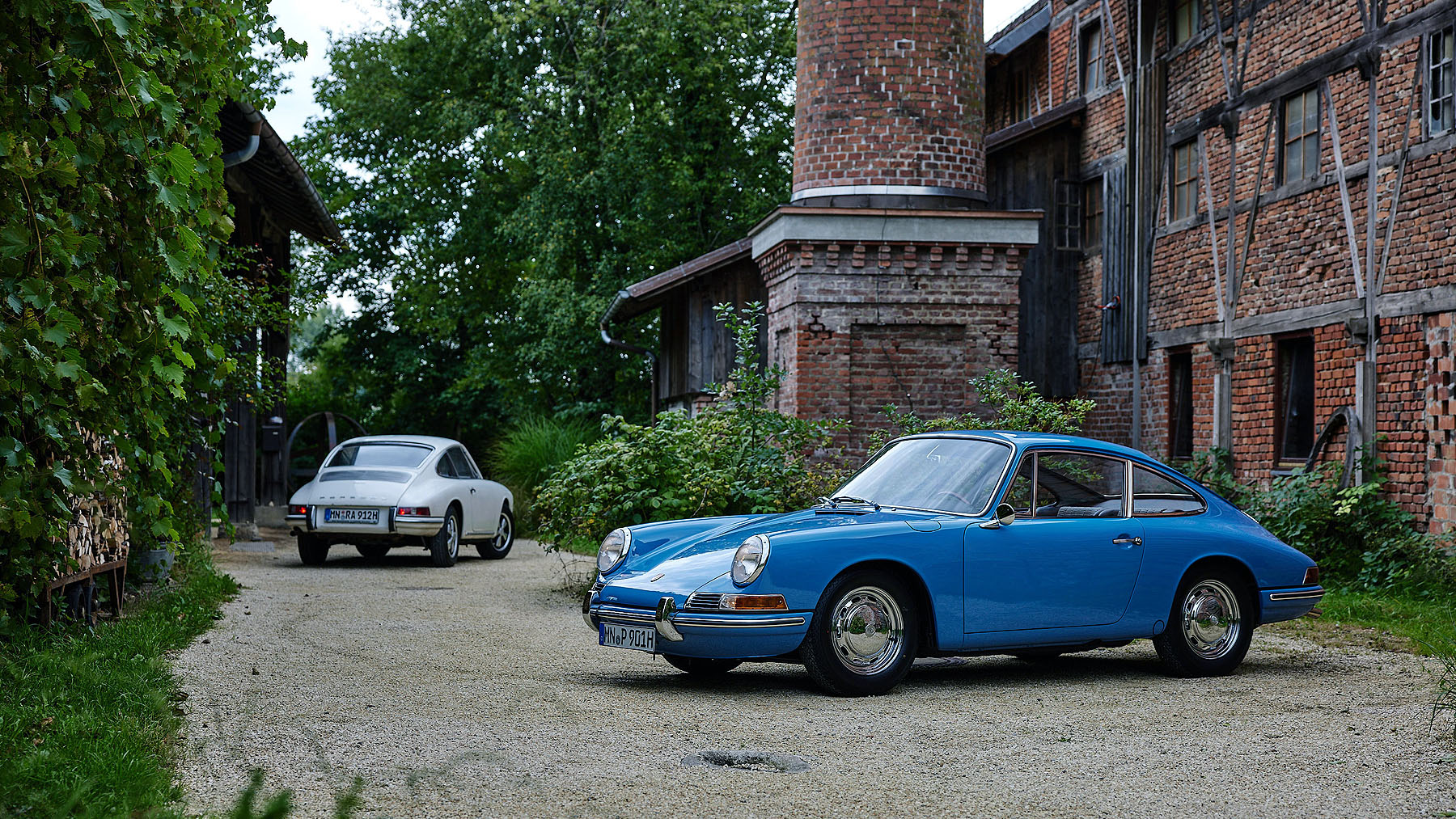
Alois, a car enthusiast and subscriber to the hobby technology magazine, knows at once that it must have been the new Porsche 2000 – that’s what the magazine called the prototype from Zuffenhausen. Though mere fractions of a second, they mark the beginning of a deep passion that exists to this day. “We were impressed,” says Alois Ruf, director of the Porsche service center in Pfaffenhausen, recalling the encounter on the autobahn. “Now I know it was the first Porsche of that kind I had ever seen. Or heard. Crazy!”
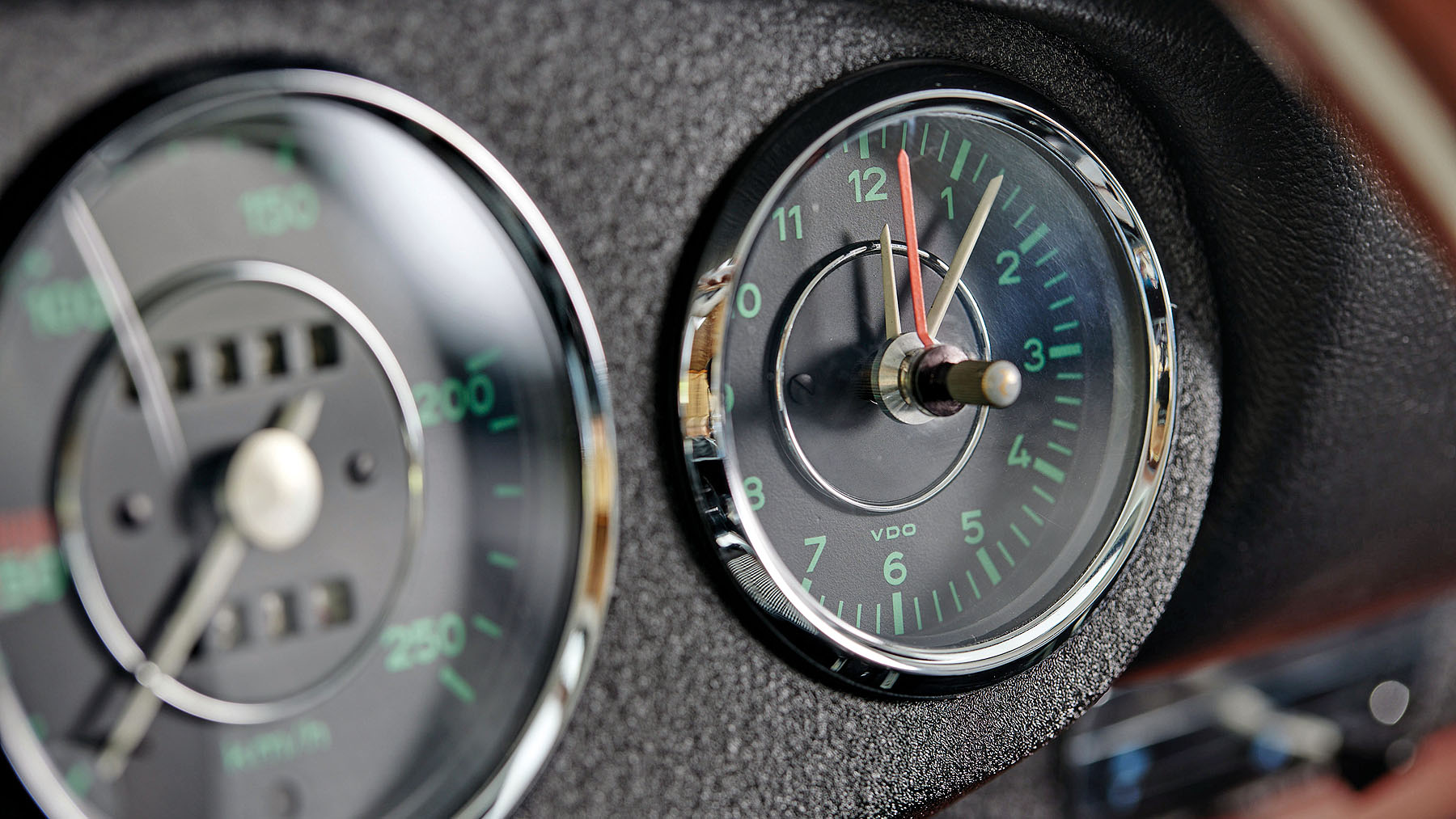
The Ruf family is fascinated by the Porsche brand
Even before this moment on the A 8, the Ruf family as a whole is fascinated by the Porsche brand. The youth’s passion for the Zuffenhausen models is ignited when his father, a qualified mechanic with his own repair shop, brings home the first Porsche 356.
Quite a few 356 models ultimately pass through Ruf Senior’s workshop. But then in fall 1963, Porsche introduces an exciting, new model that appears more and more frequently at the workshop in the years following the first encounter with the blue sports car: the 901, from spring 1964 in series production and in fall of the same year sold for the first time. Due to possible legal issues, however, the type is renamed – instead of 901, from that point onward it is named 911.
In 1969, on the occasion of his 19th birthday, Alois Ruf Senior gives his son a used Porsche with minor damage from an accident. “So I’d have something to work on and drive once I had my driver’s license,” says Alois Ruf. “But because the previous owner had held on to the six-cylinder engine, we installed the four-cylinder of a 912 instead. My father thought that was more than enough power for me.”
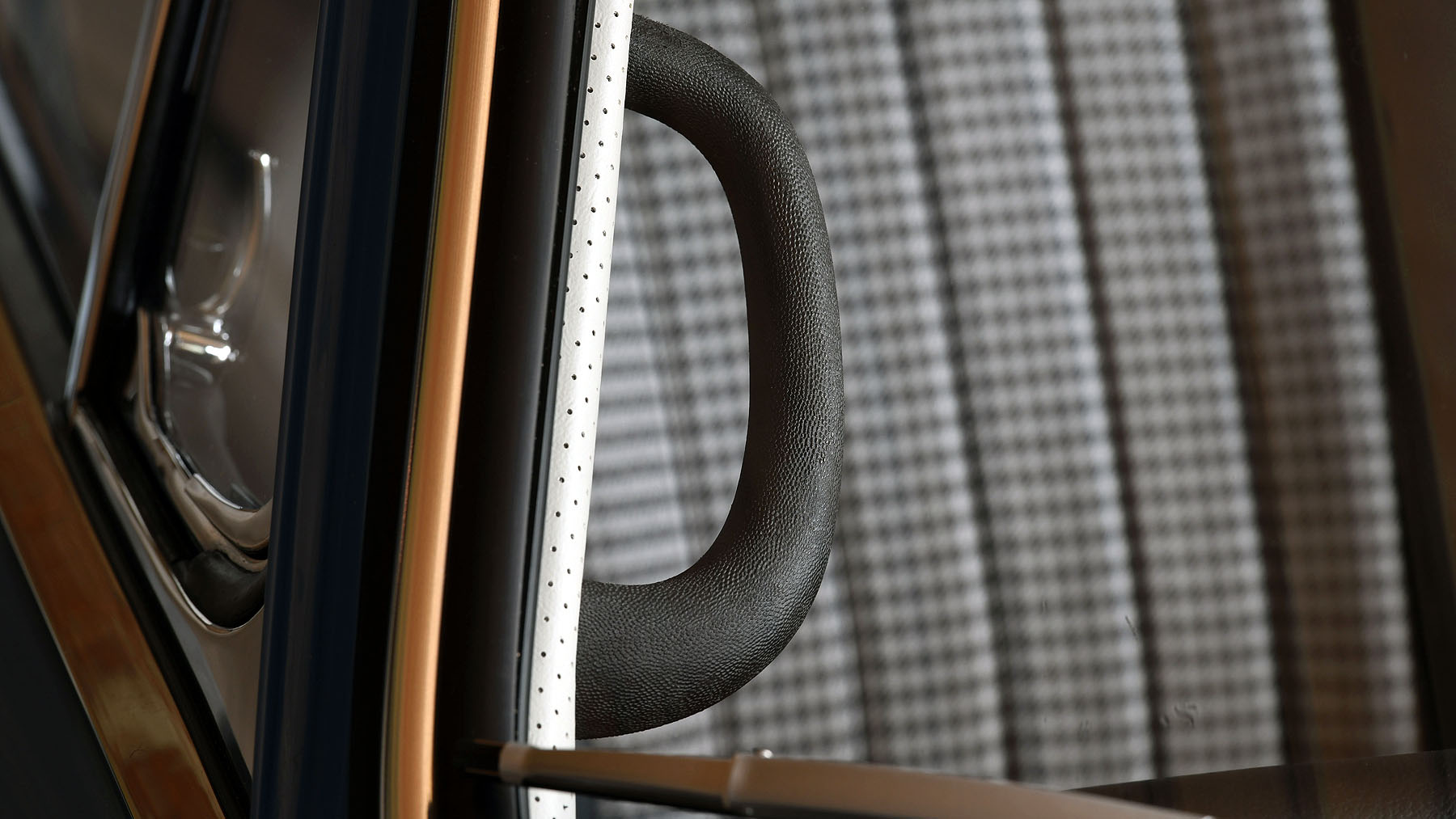
Building the family business
In the years to come, his first very own sports car provides the ideal opportunity for Ruf to get better acquainted with the 911, which has since become a classic, and to transform it visually into a 911 S. With newer models vying for his attention, the car is parked off to the side in the garage after many kilometers covered on Bavarian roads and over time evolves into a classic car. With Ruf fully focused on developing his own company, many years pass and he postpones the long-planned restoration of his old 911, nearly missing out on a sensation.
“I was always aware that my first Porsche must have been a very early model,” says Ruf. “Many details radiated the charm of imperfection and occasional improvisation.” When restoration finally begins in 2019, it doesn’t take long for everyone to realize that this vehicle doesn’t seem to fit into any concept. “The car must’ve been used as a test vehicle to experiment with new solutions.” And then the chassis number 13326 is discovered, followed by the original paint, Enamel Blue 6403, under several layers. These are the first crucial indications that it must be the rare 901 – the sixth model ever built.

The first 901 five-guage?
It quickly becomes clear that the chassis number belongs to the first 901 with five round instruments on the dashboard. The first five and seventh 901 built had only two round instruments. It’s quite a sensation, as number 6 was thought to be lost without trace. “It’s just a shame that when the vehicle was released from testing and then sold, Porsche already had a series engine,” says Ruf. “So they replaced the original six-cylinder testing engine with that.”
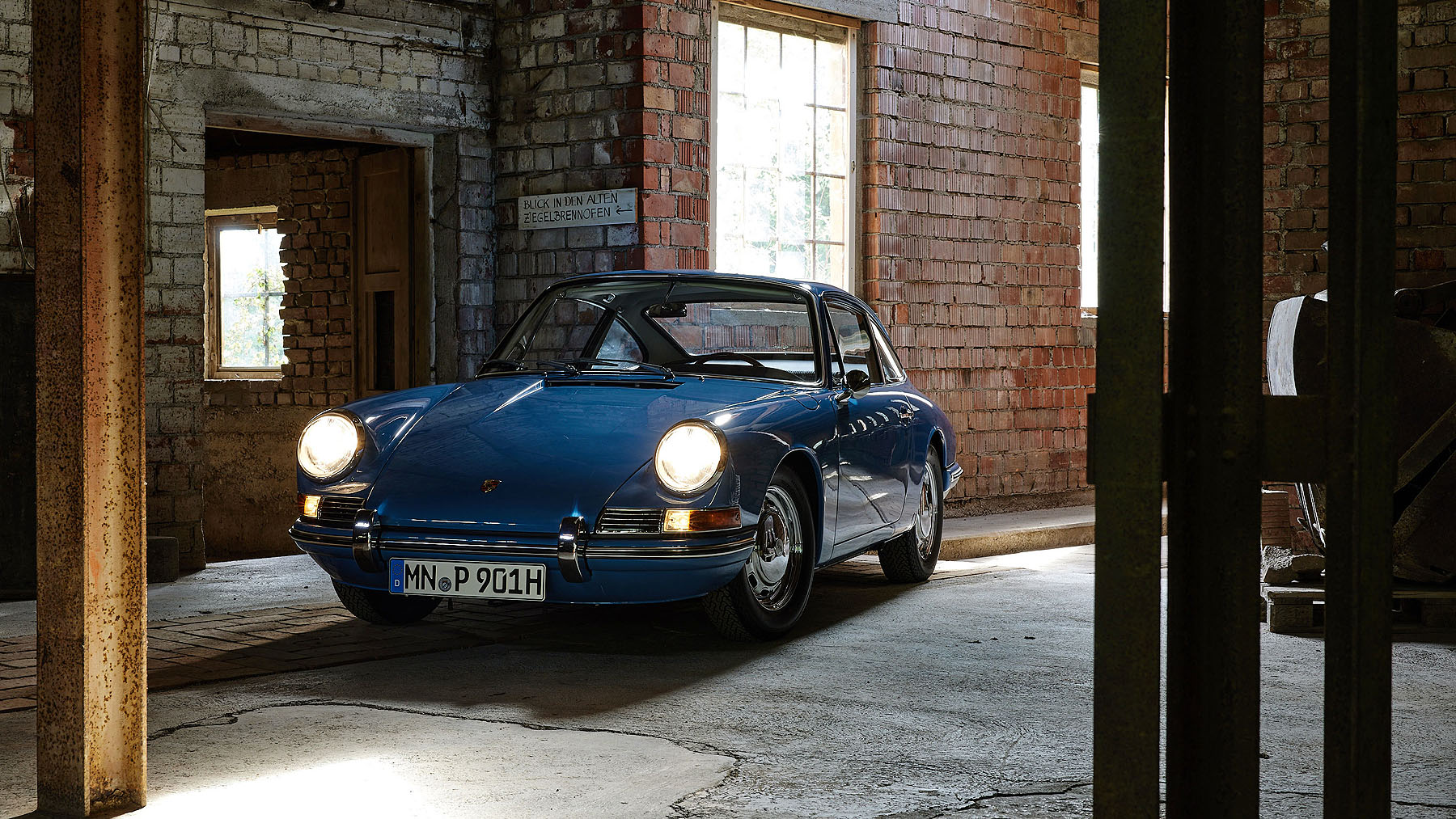
Fate steps in and offers a helping hand
With the car otherwise completed, now begins the search for an engine from the early testing phase. And once again, fate steps in and offers a helping hand. “I received a call from the caretaker of a vocational college. He told me he was scrapping an old Porsche six-cylinder engine used as a visual aid at the school. But then he heard that I restore old models and offered it to me instead.” Donated decades before by Porsche, the aggregate turns out not to be an original engine, but to be engine number 22 – and thus he now has a very early six-cylinder at his disposal.
And slowly, after much research, the history of Alois Ruf’s 901 comes into focus. Completed in September 1963, the Coupé nicknamed “Quick Blue” makes its premiere at the Earls Court Show in London on October 16 and initially serves as an exhibition vehicle. Then the number 6 appears at the Geneva International Motor Show in March 1964. After ultimately being handed over to Porsche’s Development department, the dummy engine in the rear, used for exhibitions and made of wood, is replaced with a real engine.
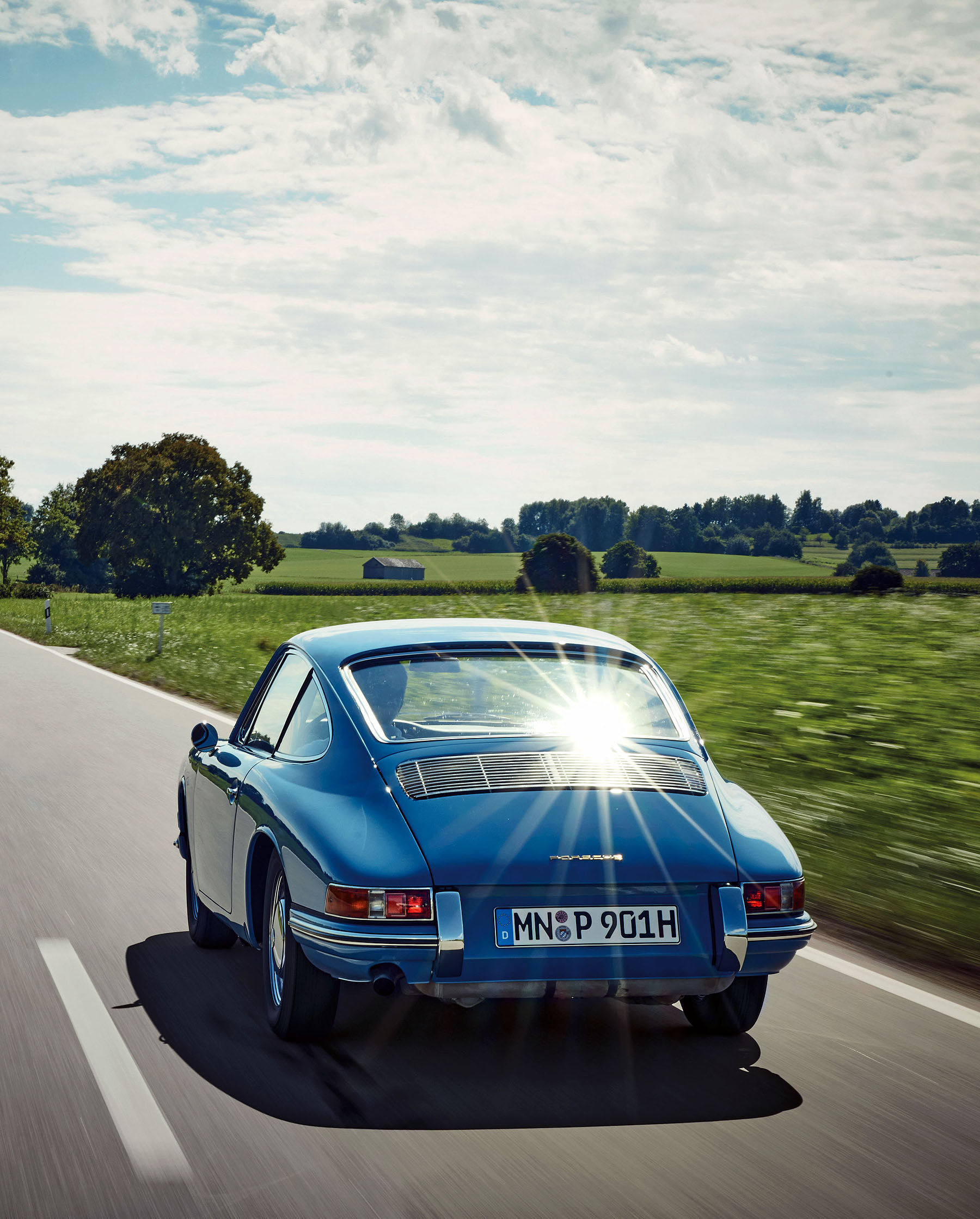


Time to drive
Now ready for testing, the vehicle is used on Hockenheimring to test tires, among other things. Quick Blue then goes on to serve as a company car for Ferdinand Piëch, who sells it a short time later to the legendary Porsche engine builder Hans Mezger for 7,500 deutsche mark. Mezger drives the car for two years before selling it in late 1967 with 63,381 kilometers on the odometer to an entrepreneur who owns a bus factory in Fellbach near Stuttgart. And slowly the story comes full circle, as this businessman is involved in a minor accident on a racecourse in summer 1968 and then purchases a new 911. Once again, Quick Blue is up for sale, and mechanic Alois Ruf Senior buys it as a gift for his son on his 19th birthday.



Decades later
Half a century later, the early 911 is finally identified as the 901 that was thought to be lost – and possibly the very car that the young Alois saw on the autobahn all those years ago! With the corresponding level of care, all of the sources available are scoured in an effort to restore the vehicle to its condition when showcased at the Geneva International Motor Show. Old standard 8 mm films from the private archive of previous owner Hans Mezger are studied to ensure not a single detail is overlooked.
The effort ultimately pays off. “I still find it hard to believe that this car of all cars has been in my possession for almost 55 years,” says the Porsche enthusiast, who is still amazed to this day. And there seems to be something else on Ruf’s mind. Was it Ferdinand Piëch behind the wheel that rainy day on the autobahn? “The speed at which he passed us – it must’ve been him,” says Alois Ruf, smiling.


